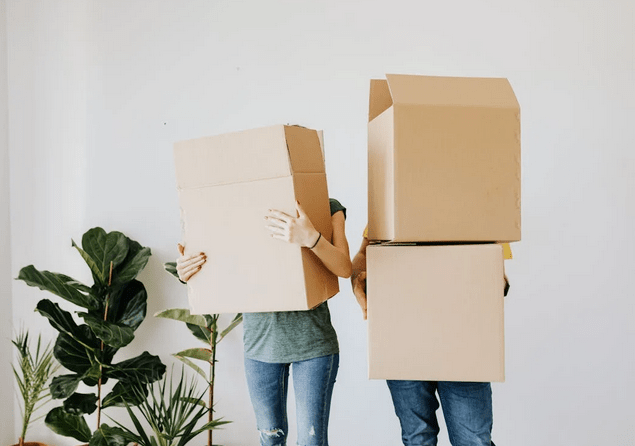Congratulations, you’ve made it to your new home. While the hard part of moving may be over, the process of unpacking and settling into your new space is just beginning. With a bit of organization and strategic planning, you can tackle the post-move chaos with confidence and ease. In this article, we’ll explore some helpful strategies for unpacking and settling in after a move.
Create a Plan of Action
Before diving into unpacking, take some time to create a plan of action. Consider safe and secure Atlanta office movers to help you with the relocation of your office items, ensuring a smooth transition to your new workspace.
- Room-by-Room Approach: Take a systematic approach to unpacking by tackling one room at a time. Start with high-traffic areas like the kitchen, living room, and bathrooms before moving on to less urgent spaces like guest rooms or storage areas.
- Labeling and Organizing Boxes: Use clear labels on moving boxes to indicate their contents and the room they belong to. This makes it easier to prioritize and locate items during
Unpack Essentials First

Begin by unpacking essential items that you’ll need immediately upon arrival at your new home. This may include toiletries, medications, a change of clothes, bedding, and basic kitchen supplies. Set aside these items in a designated “essentials box” or suitcase to keep them easily accessible throughout the unpacking process.
Focus on One Room at a Time
To avoid feeling overwhelmed, focus on unpacking one room at a time. Start with the rooms that are most essential for daily living, such as the kitchen, bedrooms, and bathrooms. Once these rooms are unpacked and organized, you can move on to less essential areas such as the living room, dining room, and home office.
Set up Functional Zones
When arranging furniture and belongings in each room, consider the functionality of the space and set up functional zones accordingly. Designate areas for specific activities such as cooking, dining, relaxing, working, and sleeping. Arrange furniture and storage solutions to maximize space and flow, keeping frequently used items easily accessible.
Declutter as You Unpack
As you unpack each box, take the opportunity to declutter and organize your belongings. Sort items into categories such as keep, donate, or discard, and set aside any items that you no longer need or use. Decluttering as you unpack not only helps streamline the process but also ensures that you’re only bringing the essentials to your new space.

Get the Whole Family Involved
Unpacking and settling into a new home is a team effort, so get the whole family involved. Assign age-appropriate tasks to children and enlist their help in unpacking their belongings and setting up their new rooms. Make unpacking a fun and collaborative experience by playing music, ordering takeout, or rewarding yourselves with a special treat after each milestone.
Don’t Forget About Home Maintenance
In the midst of unpacking, don’t forget about essential home maintenance tasks such as changing locks, testing smoke detectors, and familiarizing yourself with the location of utility shut-offs. Take the time to inspect your new home for any issues or repairs that may need attention and address them promptly to ensure the safety and functionality of your space.
Unpacking and settling into a new home can be a daunting task, but with a bit of organization and strategic planning, you can make the process smoother and more manageable. By creating a plan of action, unpacking essentials first, focusing on one room at a time, decluttering as you unpack, setting up functional zones, taking your time, getting the whole family involved, and addressing home maintenance tasks, you can successfully transition to your new space and make it feel like home in no time. So roll up your sleeves, grab some boxes, and get ready to create new memories in your new home.
…




